Petri Toiviainen
Towards Multimodal MIR: Predicting individual differences from music-induced movement
Jul 21, 2020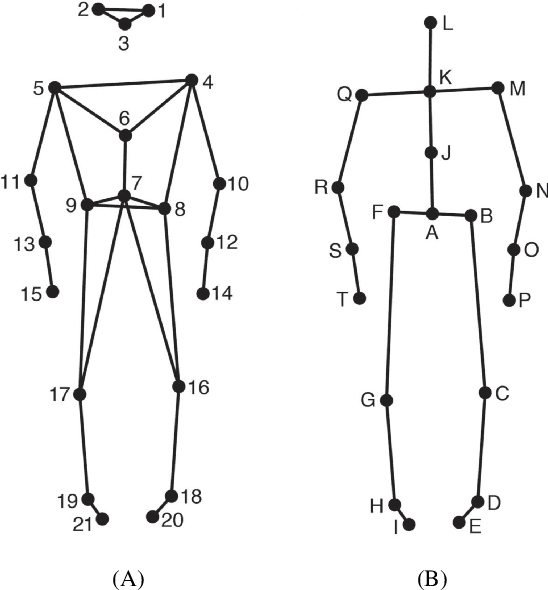
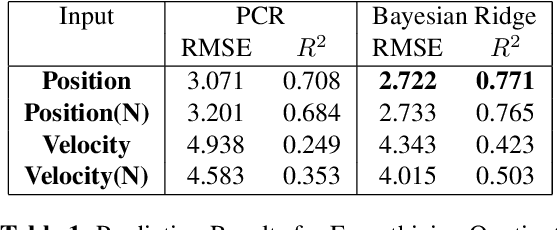
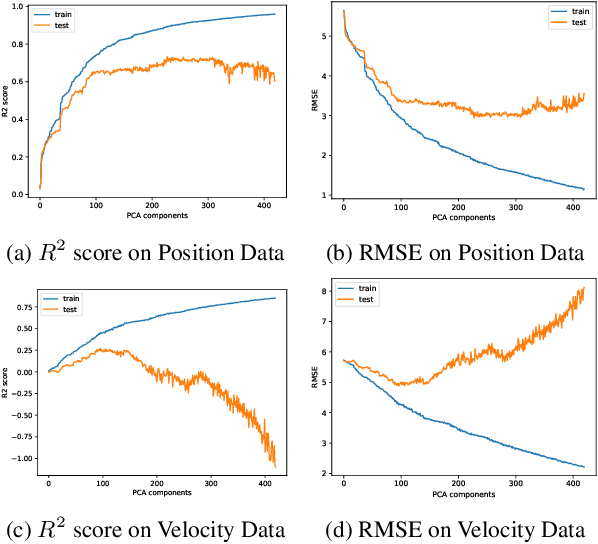
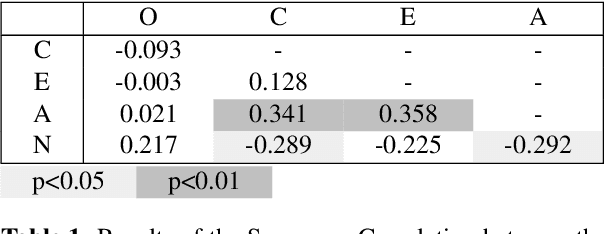
Abstract:As the field of Music Information Retrieval grows, it is important to take into consideration the multi-modality of music and how aspects of musical engagement such as movement and gesture might be taken into account. Bodily movement is universally associated with music and reflective of important individual features related to music preference such as personality, mood, and empathy. Future multimodal MIR systems may benefit from taking these aspects into account. The current study addresses this by identifying individual differences, specifically Big Five personality traits, and scores on the Empathy and Systemizing Quotients (EQ/SQ) from participants' free dance movements. Our model successfully explored the unseen space for personality as well as EQ, SQ, which has not previously been accomplished for the latter. R2 scores for personality, EQ, and SQ were 76.3%, 77.1%, and 86.7% respectively. As a follow-up, we investigated which bodily joints were most important in defining these traits. We discuss how further research may explore how the mapping of these traits to movement patterns can be used to build a more personalized, multi-modal recommendation system, as well as potential therapeutic applications.
Diffusion map for clustering fMRI spatial maps extracted by independent component analysis
Sep 27, 2013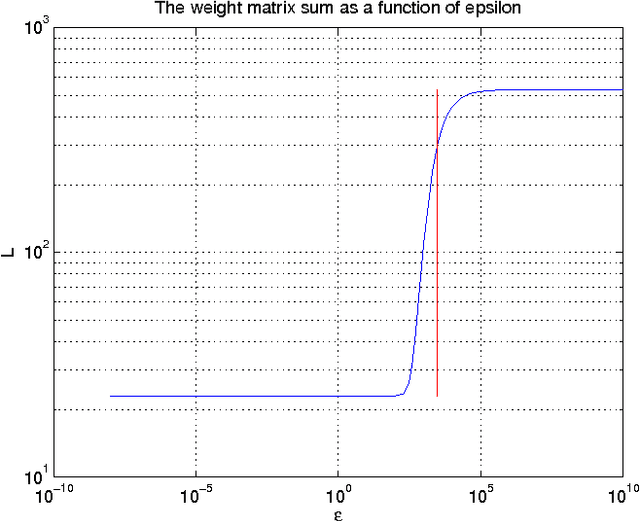

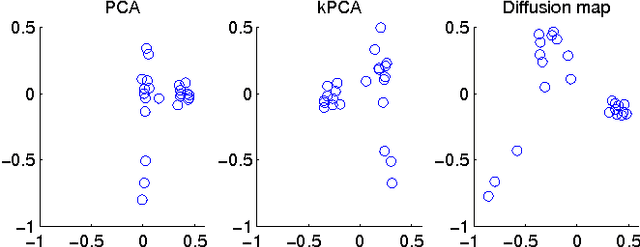

Abstract:Functional magnetic resonance imaging (fMRI) produces data about activity inside the brain, from which spatial maps can be extracted by independent component analysis (ICA). In datasets, there are n spatial maps that contain p voxels. The number of voxels is very high compared to the number of analyzed spatial maps. Clustering of the spatial maps is usually based on correlation matrices. This usually works well, although such a similarity matrix inherently can explain only a certain amount of the total variance contained in the high-dimensional data where n is relatively small but p is large. For high-dimensional space, it is reasonable to perform dimensionality reduction before clustering. In this research, we used the recently developed diffusion map for dimensionality reduction in conjunction with spectral clustering. This research revealed that the diffusion map based clustering worked as well as the more traditional methods, and produced more compact clusters when needed.
 Add to Chrome
Add to Chrome Add to Firefox
Add to Firefox Add to Edge
Add to Edge